
his book is the product of years of conversations and interactions with colleagues and friends, and it was inspired by countless works of scholarship, literature, and art, which I have made every attempt to acknowledge throughout the text.
The project would not have been possible without the continued and unwavering support of Nancy K. Miller, who motivated me to write about what I loved and offered her enthusiasm, encouragement, and incisive critique at every step. There are no suitable words to express my gratitude. Hillary Chute provided me with invaluable guidance, mentoring, and friendship and enthusiastically told me from the beginning that if I wrote the book she would read it. I am thankful to her for paving the way. My agent, Cecelia Cancellaro, believed in this project, helped me shape it, and found it a home. I am delighted to be part of the Gender and Culture series at Columbia University Press and thankful to its editors, Nancy and Victoria Rosner. Also at CUP, thanks especially to Jennifer Crewe, Lisa Hamm, Susan Pensak, and Kathryn Schell for their careful and discerning input, insights, and attention to detail.
Many other colleagues and friends were patient enough to read through versions of my chapters, help me work out my ideas from the early to late stages of writing, or just provide me with a precious support network. In addition to two anonymous readers at CUP who gave me indispensable comments, I am thankful to Laurel Harris, Seamus OMalley, and Yevgenia Traps for feedback on various chapters. Magda Maczynska and Jennifer Mitchell gave me last-minute advice on the introduction. Nancy read through the whole manuscript and provided her usual unparalleled feedback, and Hillary, Wayne Koestenbaum, and Sondra Perl also read the full manuscript in its early stages and provided indispensible comments that helped shape it.
A number of cartoonists fielded my questions and offered me insights that have enriched the way I read and write about comics. I am thankful for inspiring conversations with Gabrielle Bell, Vanessa Davis, Sarah Glidden, Miriam Katin, Keren Katz, Miss Lasko-Gross, Miriam Libicki, Maurice Oksman, Anya Ulinich, and Lauren Weinstein. Liana Fincks way of seeing the world has transformed mine, and I delight in our new friendship.
I am appreciative of those who generously gave me permission to republish their artworks, including Gabrielle Bell, Vanessa Davis, Liana Finck, Sarah Glidden, Aline Kominsky Crumb, Miss Lasko-Gross, Miriam Libicki, Lauren Weinstein, and the folks at Drawn and Quarterly, Fantagraphics, HarperCollins, and MacMillan. In the final stages of the book, I was offered guidance from Michael Colvin, Sarah Lightman, and Kate Shaw, and I am thankful for their friendships. Lauren Weinstein expertly conceived of and created a cover image just for the book, and Liana Finck drew an author likeness under the condition, happily granted, of free reign. I am in awe of both of these womens talents, imaginations, and generosity.
In addition to those mentioned above, many friends offered encouragement and countless acts of kindness over the course of the project; I am especially thankful to Michelle Andelman, Emily Dell, Esther Mandelheim Elliott, Heather Fabrikant, Emily Fink, Erika Heidecker, Agi Legutko, Kris W. Lohre, Molly Selzer Lorber, Mary Ellen Obias, Devon Powers, Melissa Sontag Broudo, and Jessica Wells-Cantiello. I was lucky to connect recently with Joyce Antler and Jeremy Dauber, and I am thankful for their counsel and friendship.
Many thanks to my former colleagues in the Writing Across the Curriculum Program at Brooklyn College, and particularly Ellen Belton, who has been both a colleague and role model, and Brendan OMalley, friend and collaborator. Anne Lapidus Lerner and all those I met through the Hyman Mentoring Program have been encouraging of my research in its final stretches. My new colleagues and students at Marymount Manhattan College are a source of inspiration and enthusiasm, and I am especially thankful, in addition to those already mentioned, to Susan Behrens, Mark Bresnan, Cecilia Feilla, Nava Silton, and Laura Tropp. I am grateful for financial assistance from Marymount Manhattan Colleges Faculty Scholarship Award, made possible with the advocacy of Bradley Herling and the Committee on Faculty Leaves and Fellowships.
This project would not have been completed without the following additional institutional and individual backing: the Goldie and David Blanksteen Foundation, the HadassahBrandeis Institute, and the Jewish Studies Committee at New York Universitys Gallatin School of Individualized Study. Jay Barksdale at the New York Public Library offered me a space at the Wertheim Study, for which I am very appreciative. I am also grateful to the English Department at Rutgers University in New Brunswick for inviting me to teach a course on Graphic Storytelling in the spring of 2013, and I am thankful to my former students there and at NYU-Gallatin and Brooklyn College for many inspirational discussions.
A previous version of part of was published in Studies in Comics. I thank Ben Schreier and four anonymous readers for their very helpful comments. I have had the opportunity to write about what I love for various other outlets, and I am appreciative of Karen Rile and the folks at Cleaver for including me in their magazine, as well as BookTrib, the Comics Alternative, the Forward, Jewish Book Council, Lilith, and the Los Angeles Review of Books. Thanks to Al Filreis and the Kelly Writers House for existing.
My parents, Zipporah and Henry Oksman, and Jons parents, Marc and Marcy Waldauer, continually provide me with unwavering love and guidance. Our families have been sources of love, and I am grateful for them.
Emily Berger, April Greene, Rosemary Joseph, Naomi Kramer, Linda M., Cecilia Martinez, and Alfreda San Juan offered me peace of mind as I set to work, and I will always be appreciative of that. Kudos to Unnameable Books and Bergen Street Comics, both thankfully within walking distance of my apartment, and my gratitude for all the great Brooklyn coffee shops that put up with me.
Zev and Liron, thank you for coming into my world.
Jon, what can I say? I couldnt have done it without you and I wouldnt have wanted to.
Adams, Timothy Dow. Light Writing and Life Writing: Photography in Autobiography. Chapel Hill: University of North Carolina Press, 2000.
Alixopulos, Trevor, and Vanessa Davis. Pillowtalk. In The Big Feminist But: Comics About Women, Men and the Ifs, Ands and Buts of Feminism, ed. Shannon OLeary and Joan Reilly, 910. Gainesville: Alternative Comics, 2014.
Antin, Mary. The Promised Land. New York: Penguin, 1997.
Antler, Joyce, ed. Talking Back: Images of Jewish Women in American Popular Culture. Hanover: University Press of New England, 1998.
. You Never Call! You Never Write!: A History of the Jewish Mother. Oxford: Oxford University Press, 2007.
Aviv, Caryn, and David Shneer. New Jews: The End of the Jewish Diaspora. New York: New York University Press, 2005.
Baetens, Jan, and Hugo Frey. The Graphic Novel: An Introduction. New York: Cambridge University Press, 2015.
Barry, Lynda. Naked Ladies! Naked Ladies! Coloring Book. Seattle: Real Comet, 1984.
. Picture This: The Near-Sighted Monkey Book. Montreal: Drawn and Quarterly, 2010.
. Syllabus: Notes from an Accidental Professor. Montreal: Drawn and Quarterly, 2014.
. What It Is. Montreal: Drawn and Quarterly, 2008.

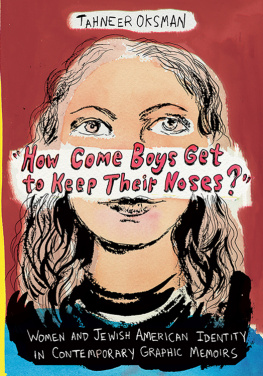
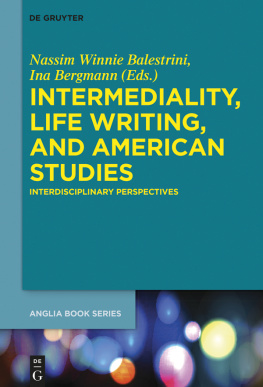


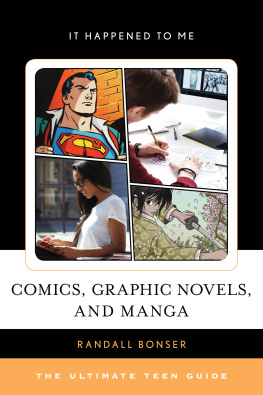

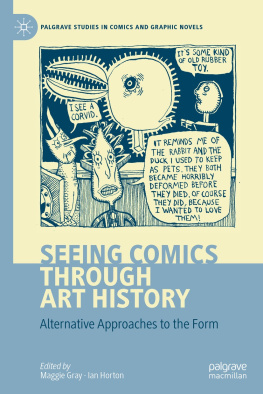
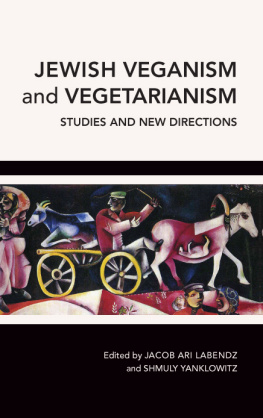



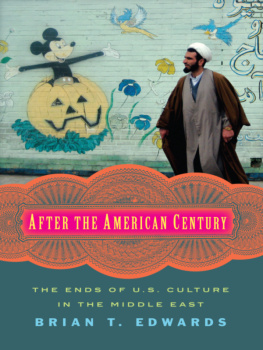
 his book is the product of years of conversations and interactions with colleagues and friends, and it was inspired by countless works of scholarship, literature, and art, which I have made every attempt to acknowledge throughout the text.
his book is the product of years of conversations and interactions with colleagues and friends, and it was inspired by countless works of scholarship, literature, and art, which I have made every attempt to acknowledge throughout the text.